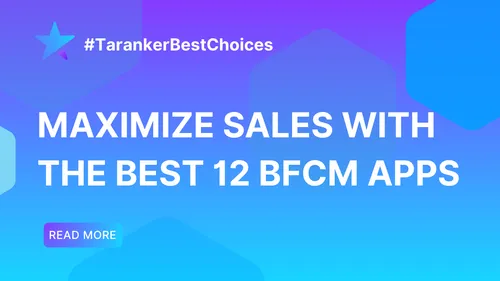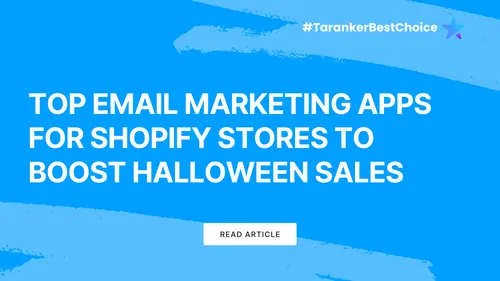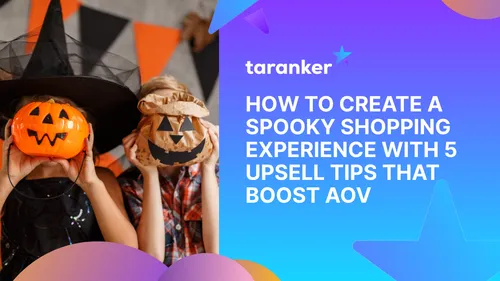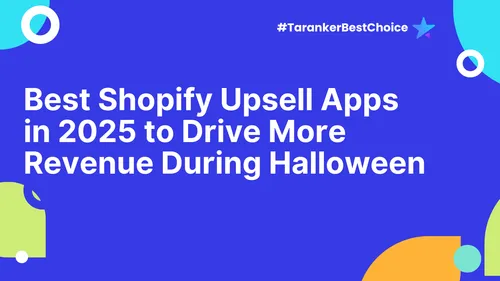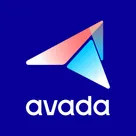As e-commerce continues to thrive, the role of social media in driving sales and building brand awareness has never been more important. A Statista report reveals that 73% of consumers discover new products and brands via social media. With platforms like TikTok, Instagram, and Pinterest continuing to dominate the digital landscape, businesses must choose wisely when deciding where to focus their marketing efforts.
Each platform offers distinct advantages and caters to different segments of the market. In this blog, we’ll explore the best features of TikTok, Instagram, and Pinterest, and guide you on how to leverage these platforms to grow your ecommerce store effectively in 2025.

1. TikTok for Ecommerce: Why It’s Dominating in 2025
1.1 Why TikTok is Gaining Traction for Ecommerce
TikTok has revolutionized the way brands interact with consumers. Short-form video content, user-generated trends, and viral challenges make it an ideal platform to engage younger audiences (primarily Gen Z and Millennials) who value authenticity, creativity, and entertainment. The platform’s algorithm focuses on engaging content rather than followers, allowing businesses to reach new audiences organically.
1.2 TikTok’s Features for Ecommerce
-
TikTok Shopping: With the TikTok Shop feature, businesses can tag products directly in videos and livestreams, allowing users to purchase without leaving the app.
-
TikTok Ads: In-feed and branded content ads seamlessly blend with organic posts, driving both engagement and conversions.
1.3 How to Leverage TikTok for Ecommerce
-
Engage with Trends: Create content that taps into popular trends, challenges, and viral sounds to gain visibility.
-
Partner with Influencers: Collaborate with TikTok influencers whose audiences align with your brand to amplify your reach and build trust.
2. Instagram for Ecommerce: The Visual Powerhouse
2.1 Instagram’s Role in Ecommerce
Instagram has long been the go-to platform for visual storytelling and commerce. With its shoppable posts, Instagram Shops, and influencer marketing capabilities, it is one of the best platforms for ecommerce brands looking to showcase their products in visually appealing ways. Instagram’s user base is diverse, catering to audiences across multiple generations and demographics, making it a powerful tool for businesses looking to increase brand awareness and sales.
2.2 Instagram’s Features for Ecommerce
-
Instagram Shopping: Tag products directly in photos, videos, Stories, and Reels to create a seamless shopping experience.
-
Instagram Ads: Carousel ads, Stories ads, and Explore ads allow businesses to reach potential customers through multiple touchpoints.
-
Instagram Reels: Short-form video content that can engage users and provide additional product demonstrations.
2.3 How to Optimize Instagram for Ecommerce
-
High-Quality Visual Content: Showcase your products in real-life settings to make them more relatable to your audience.
-
Engage Through Stories and Reels: Share behind-the-scenes footage, customer reviews, or new product launches via Stories and Reels to increase engagement.
-
Utilize User-Generated Content: Repost content created by customers to build trust and authenticity.
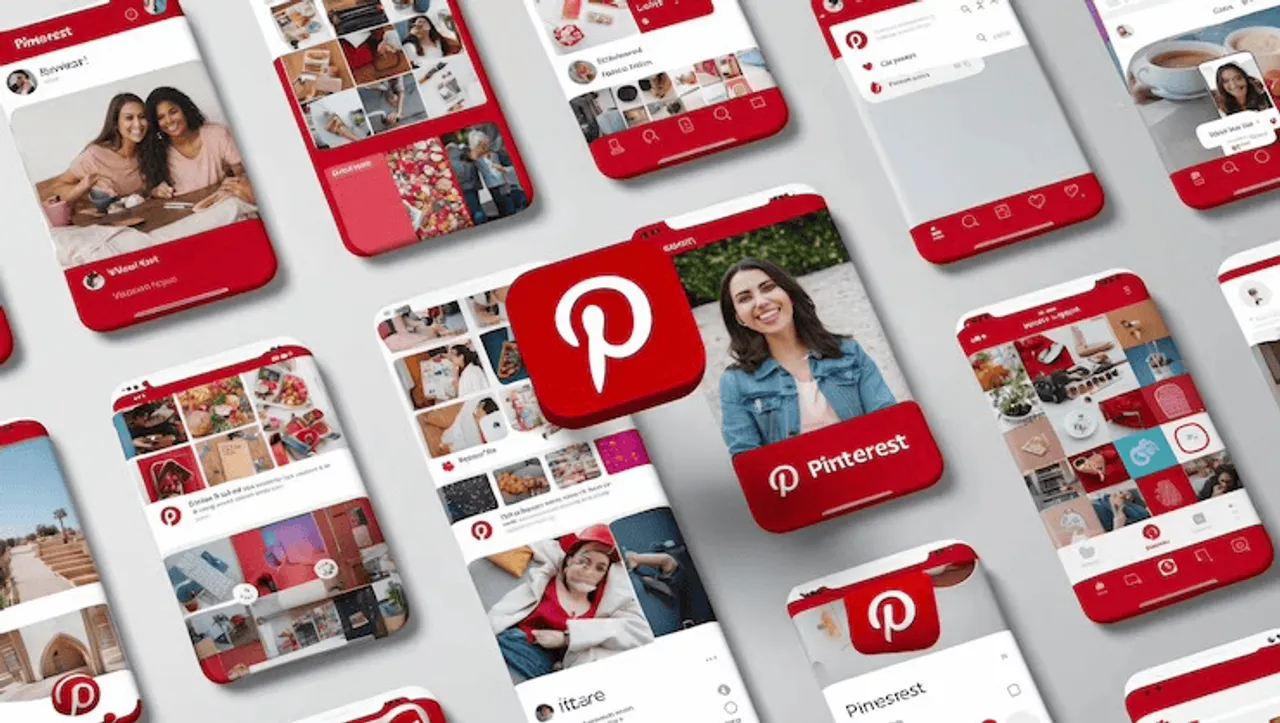
3. Pinterest for Ecommerce: Harnessing the Power of Visual Discovery
3.1 Pinterest’s Impact on Ecommerce
Pinterest is a visual discovery engine, ideal for inspiration-driven consumers who are seeking ideas, products, and solutions. It’s a platform where people create mood boards and pin ideas, making it perfect for businesses in industries like fashion, beauty, home decor, and DIY. Pinterest is one of the most effective platforms for products that inspire creativity and help users visualize their future purchases.
3.2 Pinterest’s Features for Ecommerce
-
Shoppable Pins: Allow users to buy directly from a Pin without leaving the platform.
-
Pinterest Ads: Promoted Pins help businesses increase product visibility by appearing in users' feeds and search results.
-
Pinterest Trends: Businesses can leverage trending topics and popular search terms to ensure their products are seen by relevant audiences.
3.3 How to Use Pinterest for Ecommerce
-
Create Pin Boards: Organize your products into themed boards that inspire your customers.
-
Focus on High-Quality Imagery: Since Pinterest is a highly visual platform, make sure your images are aesthetically pleasing and styled to engage users.
-
Optimize for Pinterest SEO: Use keywords in your descriptions, boards, and Pins to ensure that your products show up in relevant searches.
4. Comparing TikTok, Instagram, and Pinterest: Which Platform Works Best for Your Ecommerce Brand?
4.1 Audience Demographics
TikTok: Primarily appeals to Gen Z (those born from 1997 to 2012), making it an ideal platform for businesses targeting younger, trend-conscious consumers. TikTok users crave entertainment and authenticity, and they are drawn to short-form video content. If your business targets a younger, more dynamic audience, TikTok’s fast-paced, viral nature can help you stand out.
Instagram: While Instagram also has a younger demographic, its user base includes a wider age range, especially from Millennials (ages 25-40). It's perfect for brands that aim to showcase lifestyle and aesthetic appeal, such as fashion, beauty, or luxury products. Instagram allows for a variety of content formats, such as images, stories, and IGTV, making it versatile for a broad range of content types.
Pinterest: Known for its highly visual nature, Pinterest predominantly attracts women (around 70% of Pinterest users) who are actively searching for inspiration and ideas. The platform is perfect for industries like home decor, fashion, DIY, and event planning. If your products are visually striking or tied to creative inspiration, Pinterest’s ability to act as a visual discovery engine can help your brand succeed.
4.2 Content Types
TikTok: TikTok thrives on short-form video content that is entertaining, interactive, and often user-generated. It's all about creating engaging content that has the potential to go viral. You can use humor, challenges, or behind-the-scenes footage to connect with your audience. TikTok also supports a shoppable experience, where users can click directly from videos to make a purchase.
Instagram: Instagram supports a wide variety of content types. Photos and videos are the core forms of content, while Stories and Reels provide a chance to engage with followers in a more informal, personal way. Instagram is also heavily used by influencers to promote products in a polished, curated way, which is great for brand-building and community engagement.
Pinterest: Pinterest focuses on high-quality images and long-term content curation. Users create boards with pins related to themes or interests, making it ideal for inspirational and educational content. Businesses can leverage shoppable pins to drive traffic to their website or ecommerce store. The platform’s search functionality is a major benefit for brands focused on organic discoverability.
4.3 Sales Process
TikTok: TikTok’s user experience blends organic content with seamless social commerce. With features like TikTok Shopping, you can directly integrate products into your videos and drive sales without leaving the app. TikTok is designed to capture users' attention quickly, and if your content resonates, it can lead to immediate purchases.
Instagram: Instagram also excels in social commerce, where businesses can tag products in their posts and stories, leading directly to the checkout. Instagram’s ability to integrate shoppable tags into both organic content and ads makes it highly effective for ecommerce sales. The Instagram Shop allows businesses to curate a storefront within the app, offering a seamless purchasing experience for customers.
Pinterest: Pinterest functions more as a discovery platform, where users browse for inspiration and ideas. However, Pinterest Shopping allows businesses to convert interest into purchases by making their products shoppable directly from pins. While Pinterest is less transactional than TikTok or Instagram, it acts as a powerful platform for generating leads and driving traffic to ecommerce stores.
4.4 How to Decide Which Platform to Use
Deciding on the best platform for your ecommerce brand depends on your target audience, product type, and brand goals:
-
TikTok is ideal if you’re selling products that can catch the attention of a younger, trend-focused demographic and if your brand can thrive with engaging, viral content.
-
Instagram is the platform for brands looking to blend visual appeal and seamless shopping. It's particularly suited for industries like fashion, beauty, and lifestyle, where high-quality imagery and influencer partnerships play a key role in driving sales.
-
Pinterest works best for businesses in inspirational sectors like home decor, fashion, and DIY, where customers are looking for ideas, recommendations, and inspiration. It's perfect for long-term content that generates organic discovery and leads to purchasing decisions.
By carefully considering your business objectives and audience needs, you can select the platform that best suits your goals and creates a robust social commerce experience for your ecommerce business.
5. How to Create Content That Converts on TikTok, Instagram, and Pinterest
5.1 TikTok Content Tips
-
Leverage Trends: Participate in trending challenges, use popular music, and engage with viral trends.
-
Use Engaging CTAs: Add call-to-actions (CTAs) in captions like "Link in bio" or "Swipe up to shop".
-
Partner with Influencers: Work with TikTok influencers who align with your brand and have a loyal, engaged audience.
5.2 Instagram Content Tips
-
Focus on Visual Quality: Post aesthetically pleasing images and high-quality product photos.
-
Utilize Stories and Reels: Share behind-the-scenes content, tutorials, and user reviews through Stories and Reels.
-
Engage with Your Audience: Respond to comments, use polls, and keep the conversation going to build relationships.
5.3 Pinterest Content Tips
-
Create Inspirational Boards: Curate products into themes that resonate with users' lifestyles.
-
Optimize Pin Descriptions: Use SEO-friendly descriptions and keywords to ensure your products show up in relevant searches.
-
Leverage User-Generated Content: Encourage customers to pin their purchases and feature these pins on your boards.
6. Conclusion:
Each social platform—TikTok, Instagram, and Pinterest—has unique features and strengths, making them all valuable tools for ecommerce businesses. The key to success lies in understanding your audience and brand goals. TikTok is perfect for engaging and viral content, Instagram works well for visual storytelling and a seamless shopping experience, while Pinterest shines in inspiration-driven purchases.
By identifying where your target audience spends their time and tailoring your content strategy to each platform’s strengths, you can turn social media engagement into real sales. With the right approach, TikTok, Instagram, and Pinterest can help you grow your ecommerce business in 2025 and beyond.

